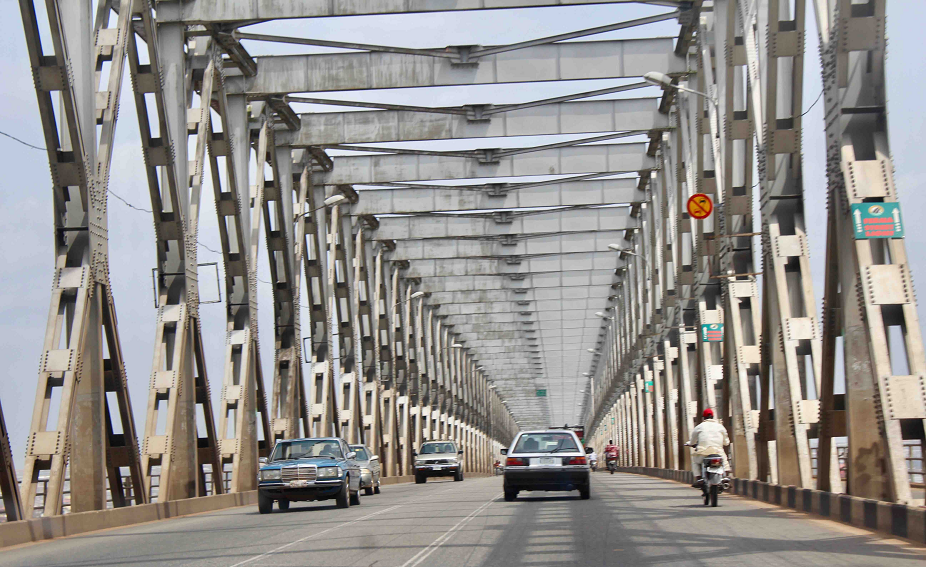The Niger Bridge is the major linkage between both sides of the Niger. The bridge at the time it was built solved a real problem of transportation for those moving across the river. Before it was finished in 1965, the usual means of transport across the river was by boat or ferry from Cable Point in Asaba to Onitsha.
Read more about History Trivia
The Eastern Regional government was responsible for the original bridge and in the 1950’s it sponsored a feasibility study on the possibility of a bridge. That exercise was commissioned to NEDECO of Holland. Construction began in 1964 and it was finished in 1965. Construction was contracted to a French firm, Dumez.
The total estimated cost of the whole exercise was 6.75 million BWA pounds. It was commissioned in December almost as soon as it was finished by Prime Minister Abubakar Tafawa Balewa. It was his last official public function as the prime minister before he was killed on the 15th of January the next year.
Sign up to the Connect Nigeria daily newsletter
During the Nigeria-Biafra War, the bridge became one of the many infrastructural casualties as the retreating Biafran soldiers blew up the bridge to slow the advance of the Nigerian 2nd division eastwards. The bridge was eventually rebuilt after the war as part of the Gowon’s “RRR” post-war policy.
It was, of course, Goodluck Jonathan’s administration who eventually replaced a fourteen-foot wide bailey that had previously been part of the old design.
The bridge today is as iconic for the people of eastern Nigeria as it is practical in everyday transportation. There is presently an ongoing project to relive the traffic on the bridge with a second bridge. While that one is undoubtedly a necessity, the politics of infrastructure has meant that the bridge will obviously not be finished with the speed of the first one.
Featured Image Source: This Day Live
Got a suggestion? Contact us: [email protected]


